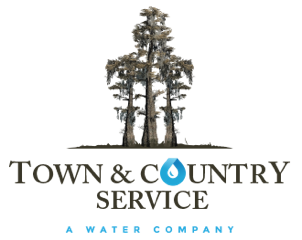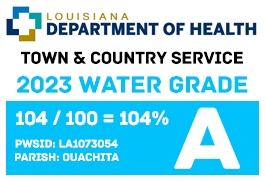Normally, your water supply is under 40 to 80 pounds of pressure when it enters your home or business. On rare occasions this pressure is interrupted – perhaps by a water main bread , a power failure, fire fighters battling a nearby blaze, or some other disruption in water service. When there is a significant loss of pressure, water can flow back into the public water supply system. When water flows backward into the public water supply, it is called “back-siphonage” or “backflow”. Backflow can also occur when the customer’s water system has a higher pressure that Town & Country Service company’s water system.
In rare instances, backflow can contaminate the public water supply. Contamination occurs when a water supply line is connected to equipment containing a non-potable (unsafe to drink) substance. Such connections are called cross connections and they are dangerous if no protective measures are taken.
Here are a few examples of common cross connections:
- A hose is submerged in polluted or contaminated water.
- A secondary source of irrigation water (from a well or pond) is pumped into an irrigation system that is directly connected to the potable water supply system.
- A heating boiler with treatment chemical added to prevent internal corrosion is connected directly to the water supply for make-up water.
- An underground lawn sprinkler system is directly connected to the water supply system.
- A fountain or swimming pool has a direct connection with the water system for filling.
In all of these examples, as sudden drop in water pressure could draw contaminants – chemicals, fertilizer, soapy water or even bacteria — back into your pipes and your drinking water supply. Any of these contaminants could be hazardous to your health if ingested.




